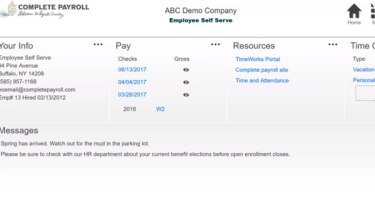The U.S. Department of Education has begun ordering companies whose employees are in default on their student loans to resume involuntary collections beginning May 5th.
This means an increased likelihood of your company receiving orders for something called Administrative Wage Garnishment (AWG).
What is Administrative Wage Garnishment (AWG)?
Administrative Wage Garnishment (AWG) is a legal process that empowers a federal agency to directly order an employer to withhold a portion of an employee's wages to satisfy a delinquent debt. Unlike traditional wage garnishments, AWG bypasses the need for a court order. Federal entities, such as the Department of Education's Office of Federal Student Aid (FSA), have the authority to mandate wage garnishments administratively. These education loan garnishments are something payroll professionals haven't seen widely since 2020, so a refresher is definitely in order.
Why is this happening now?
The Department of Education is intensifying its efforts to recover outstanding student loan debt. Collections on defaulted federal student loans have been paused since March 2020. However, this long-standing pause is now ending, with involuntary collections, including AWG, set to restart on May 5th. The Treasury Offset Program, which encompasses actions like withholding tax refunds and garnishing wages, will also resume at this time.
How does AWG work?
- Notification: The U.S. Bureau of Fiscal Service will serve your company with an official notice requiring you to withhold a specified portion of an employee's disposable income. These orders will specify the exact amount or formula for the garnishment.
- Withholding: As an employer, you are legally obligated to withhold up to 15% of the employee's disposable income – that's the income remaining after legally required deductions such as federal, state, and local taxes. Federal law stipulates that the maximum garnishment amount is the lesser of 25% of an employee's disposable income or the amount by which an employee's disposable income exceeds 30 times the federal minimum wage per week.
- Remittance: You will then be responsible for forwarding the withheld funds to the designated federal agency.
Employer Responsibilities
- Prompt Employee Notification: Immediately inform your employee upon receiving an AWG order. The Department of Education anticipates sending emails to borrowers with defaulted loans in the coming weeks, urging them to contact the Default Resolution Group to explore options like payment plans or loan rehabilitation.
- Accurate Withholding Calculation: Ensure precise deductions are made, carefully considering both federal regulations and any applicable state laws. The order will typically provide the specific calculation details.
- Timely Fund Remittance: Send the deducted amounts to the specified agency according to the provided instructions and deadlines.
- Comprehensive Record Keeping: Maintain thorough records of all garnishment orders and subsequent payments.
- Employee Privacy Protection: Handle all employee information related to wage garnishment with strict confidentiality.
- Strict Non-Discrimination: It is illegal to terminate an employee or take any adverse employment action against them due to wage garnishment.
Important Considerations
- Employee Right to Dispute: Employees have the right to request a hearing to formally challenge the garnishment order.
- Interaction with State Laws: While AWG is a federal process, it's essential to be aware of any state-specific wage garnishment laws. If state law dictates a lower permissible garnishment amount, state law takes precedence.
- Broader Application of AWG: Keep in mind that AWG is not solely for student loan debt; it can be utilized for the collection of other non-tax federal debts as well.
- Order of Priority: There's a specific order of priority for wage garnishments. Generally, child support takes precedence over everything except a pre-existing federal tax levy. Federal tax levies are typically second in line. Administrative Wage Garnishments for student loans would generally fall after these higher-priority deductions. If an employee has multiple student loan garnishments, you may need to contact the Department of Education for guidance on which one to prioritize.
- Notification Process: Employers will receive individual notices for each employee subject to AWG. These often get triggered through new hire reporting systems.
- Employer as Fiduciary: Remember, as an employer, you act as a fiduciary for the government in these situations, responsible for withholding and remitting the funds correctly.
- Software Integration: Modern payroll software is typically equipped to handle these deductions. If you receive an AWG order, you'll generally need to enter the details into your payroll system for processing.
Navigating These Changes
With the resumption of defaulted student loan collections imminent, understanding the intricacies of Administrative Wage Garnishment is more critical than ever for payroll professionals. Staying informed about your responsibilities, understanding the order of priority for different garnishments, and utilizing your payroll system correctly will be key to navigating these changes effectively and maintaining compliance. If you receive an AWG order, be sure to notify your payroll provider promptly to ensure accurate processing.
















 Get Instant Blog Notifications
Get Instant Blog Notifications